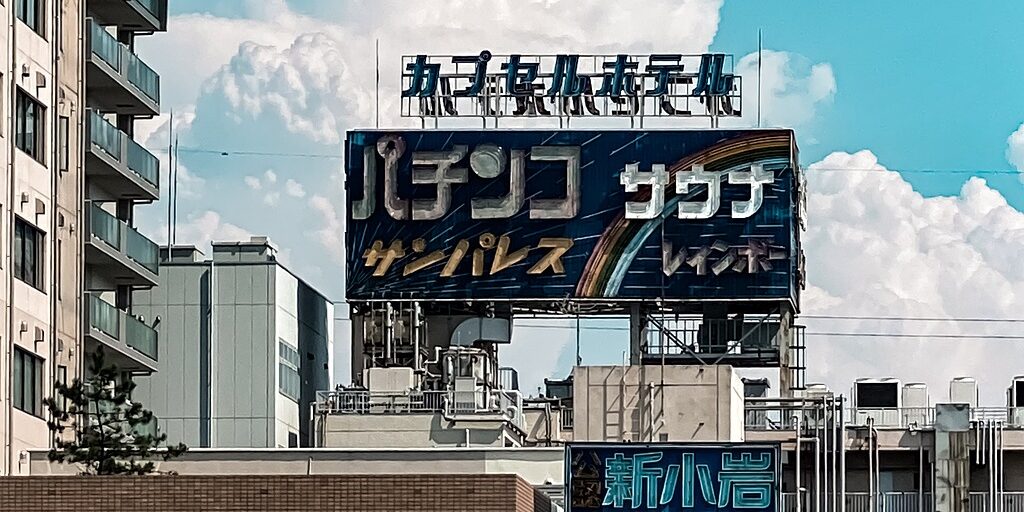Capsule hotels, a unique accommodation concept, have gained prominence in Japan since their inception in the late 20th century. Known for their compact design and efficient use of space, these hotels reflect Japan’s innovative spirit in response to urbanization, economic factors, and changing societal needs. This essay delves into the history, demographic appeal, key examples, and relevant statistics regarding capsule hotels, highlighting their significance within the broader context of Japan’s hospitality landscape.
The origins of capsule hotels can be traced back to the 1970s in Japan, a period marked by rapid urban expansion and a burgeoning economy. In 1979, the first capsule hotel, known as the “Capsule Inn Osaka,” opened its doors, conceptualized by architect Kisho Kurokawa. This groundbreaking establishment sought to provide budget-friendly accommodation for salarymen who found themselves working long hours in the bustling cities, only to require a place to rest briefly. Kurokawa’s vision was predicated on maximizing limited urban space while catering to the transient lifestyle of many city dwellers. This idea resonated deeply in a society where square footage is often at a premium, particularly in metropolitan areas such as Tokyo and Osaka.
Capsule hotels epitomize efficiency, with individual sleeping pods typically measuring approximately 2 meters long and 1 meter wide, sufficient for a single occupant. These capsules, equipped with basic amenities including a sleeping bag, personal entertainment system, and ventilation, offer privacy while promoting a sense of community among guests. The design reflects Japan’s cultural approach to balancing tradition and modernity, demonstrating that even within confined spaces, comfort can be attained.
As Japan’s economy fluctuated in the following decades, particularly during the asset price bubble of the 1980s and its subsequent collapse, capsule hotels found a steady clientele among a diverse demographic. While they initially catered to business travelers and salarymen, these establishments increasingly attracted backpackers, tourists, and even women seeking short-term accommodation. The social acceptance of capsule hotels has transformed their image from a purely utilitarian lodging option to a trendy, novelty experience that appeals to global tourists.
Demographically, capsule hotels serve a broad spectrum of guests, from locals working in the cities to international travelers seeking affordable yet distinctive accommodations. According to the Japan Tourism Agency, the number of foreign visitors to Japan reached a record 31.9 million in 2019, prior to the COVID-19 pandemic, with many visitors opting for capsule hotels as a way to enjoy an authentic Japanese experience. Notably, Tokyo is home to a significant concentration of these establishments, with over 150 capsule hotels reported as of 2020.
Several examples underscore the diverse offerings within the capsule hotel industry. The “9h (Nine Hours) Capsule Hotel” represents a modern reinterpretation of the classic concept. Located in Kyoto’s bustling districts, the hotel features a sleek, minimalistic design and emphasizes hygiene and user experience. Guests are enveloped in tranquil surroundings, creating an atmosphere conducive to relaxation. On the other hand, “The Millennials” in Shibuya caters to a younger, tech-savvy demographic, providing high-tech amenities such as app-controlled capsules and a communal working space, where social interaction is encouraged among diverse global travelers.
Statistically, the capsule hotel market is poised for continued growth. According to a report by ResearchAndMarkets, the global capsule hotel market is expected to witness a compound annual growth rate (CAGR) of approximately 8.8% from 2021 to 2026. Such growth can be attributed to increased urbanization, the rise in solo travel, and growing interest in unique accommodation options—trends particularly relevant within the post-pandemic tourism landscape.
In conclusion, capsule hotels in Japan reflect a fascinating intersection of history, demographics, and innovation within the realm of hospitality. Emerging as a solution to urban constraints in the late 20th century, these unique lodging options have grown to symbolize the adaptability and creativity of Japanese culture. With an expanding global audience, capsule hotels are set to remain a prominent fixture in the hospitality industry, showcasing Japan’s ability to marry functionality with design in the ever-evolving landscape of tourism.

